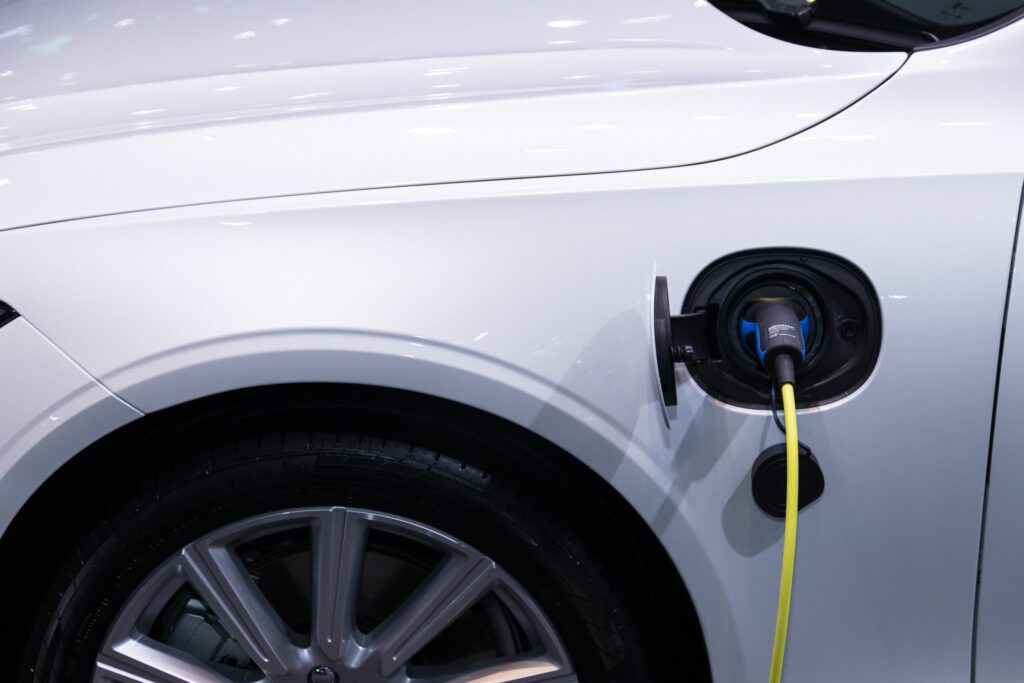In the first part of this series, we covered the biggest concern many people have when contemplating the switch: “How much money will I save by switching to an electric car?”
A less-considered point, though just as important, is the lifestyle change that might come with EV ownership.
What is the life expectancy of an electric car?
Gas-powered vehicles and electric cars have similar life expectancies.
On average, both gas and electric vehicles last about 200,000 miles – which works out to around 15 – 20 years.
Of course, your car’s life expectancy depends heavily on maintenance and driver habits. Just like gas-powered cars, electric cars require regular upkeep, and benefit from an owner invested in keeping their car healthy.
Electric vehicle “Range” vs. “MPG”
Where traditional vehicles deal mainly in “MPG”, electric car drivers have a much different figure to consider: range.
“Range” refers to the amount of miles your car will drive on a full charge.
Like MPG, your car’s range can vary greatly from its advertised ideal. Range changes based on a number of factors, including:
- Tires: anything that increases rolling resistance will decrease your range – including specialty tires, overinflation, or underinflation.
- Driving Habits: Quick acceleration and high sustained speed will draw on your battery more than smooth driving at lower speeds.
- Temperature and climate controls: Electric cars draw on the same store of electricity to heat (or cool) the passenger compartment as to drive the engine – resulting in a reduction of anywhere from 17% to 41% in range. (More on weather effects later.)
- Braking: All current EV models function with “regenerative braking” – meaning the friction generated by braking helps recharge your battery. So while stop-and-go traffic might be an MPG killer, your electric vehicle will last up to 10 – 15% times longer with frequent braking.
Does the weather change my electric vehicle’s range?
A study by AAA and ARC reports dramatic losses in battery life in both intense cold and heat conditions, with or without the use of climate controls.
The most obvious cause for a loss of range in extreme weather has to do with the heating and AC. Naturally, operation of climate controls drains battery life – heating or AC for the passenger compartment uses energy that would otherwise go toward the range.
Without climate control use, AAA’s key findings report that battery life decreases 12% in the cold (20°F ) and 4% in the heat (95°F.) Control values, where the test vehicles matched their EPA range estimates, were performed at 75°F. Combined with climate controls, these losses increased to 41% in the cold, and 17% in the heat.
Of course, most Americans live outside of regions that stay a comfortable 75°F year-round. This means that EV drivers here in North Carolina will have to plan ahead for their EV range to decrease from EPA estimates in most months of the year.
Where can I charge an electric car?
EV drivers can’t stop to “fill up” quite as easily as gas drivers can – though the convenience gap between “charging” and “filling up” is beginning to close, thanks to the growing amount of charging stations in the U.S.
The U.S. has over 48,000 charging stations, mostly in population centers and metropolitan areas. North Carolina has a total of 2,287 public charging stations, the highest concentrations of which can be found in our major cities: Charlotte with 148 stations, and Raleigh with 99.
How long does it take to charge an electric vehicle?
The speed at which your EV charges depends on the size of your battery, the efficiency of your charging point, and your battery’s max kW rate.
Even the fastest chargers can’t compete with the ubiquity and speed of filling a gas tank, however; the time it takes to fully charge an electric car’s battery is measured in hours – under 8, or over 12 – vs. the handful of minutes required to fill a gas tank.
Shifting your mindset to “charging” instead of “filling up” just takes a little proactivity of planning. For most EV drivers, full charging happens overnight at home, much like a cell phone, and you may “top off” charge during the day as needed.
Do electric vehicles require special equipment to charge?
EV chargers are typically sorted into three categories: “Level 1”, “Level 2 (Portable)” and “Level 2 (Permanent).”
Most EVs come with “Level 1” chargers that plug into a standard 3-prong, 120-volt outlet in your home. These chargers, while convenient, are slow and inefficient.
For a quicker, more convenient charge, you could install a “Level 2” charger, either portable or permanent, in your home. Half of all EV drivers surveyed (JD Power) own a permanent Level 2 charger, and are more satisfied with them; permanent chargers, however, require significant upfront cost to install. (Not to mention the space required to do so, like a garage or dedicated driveway.)
Electric Vehicle Chargers By Price
Level 1
- Free (with vehicle purchase) – $300
- Pros: Plugs into any 120 volt outlet
- Cons: Very slow, adding 2-5 miles of range per hour charging
Level 2 (Portable)
- $200 – $400
- Pros: Much faster than L1, portable, does not require special installation
- Cons: Requires a 230 volt outlet (like a clothes dryer or “shop” outlet)
Level 2 (Stationary)
- $300 – $1200
- Pros: Much faster than L1, more convenient
- Cons: Must be installed by a certified electrician; requires the space to install (like a garage or dedicated driveway)
How much would an Electric Vehicle change your lifestyle?
Adopting an EV calls for lifestyle changes, especially for drivers with long commutes or frequent road trips; but thanks to advancements in EV technology, new pro-electric legislation and infrastructure, and the ever-expanding lines of new electric car models, it’s only getting easier to make the switch.
If you’re ready to make the jump to electric, call Get400More.com.
Switching to electric comes with enough complications – selling your old car does NOT have to be one of them.
If you need the best price for your old car – guaranteed – call Get400More.com.








